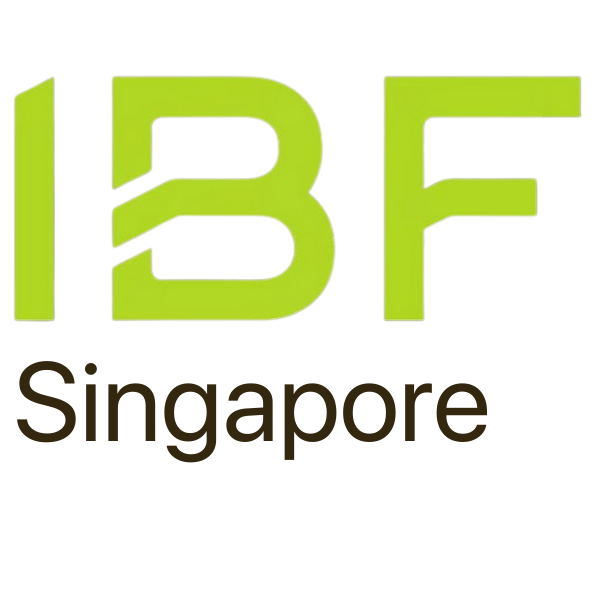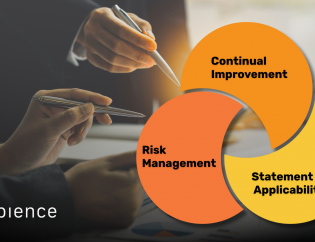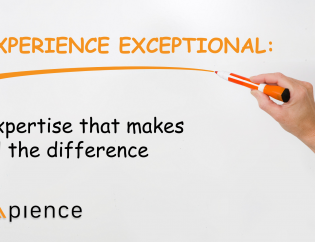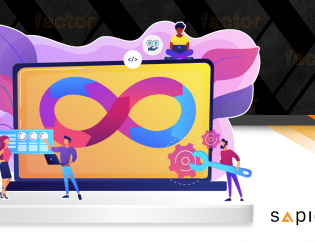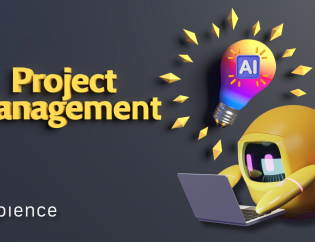Drawing parallels between
Information Technology and Sport
Written by:
Senior Consultant
Sapience Consulting
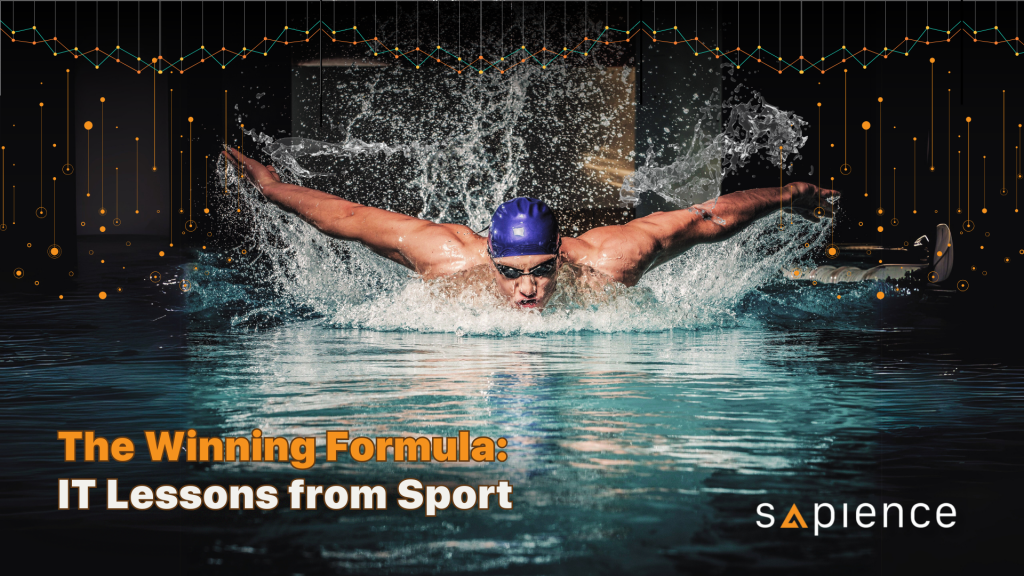
( This article is inspired by Why Every Coach is a Marketer in Disguise: Harnessing Your Power!)
Being an avid swimmer and having lived in places with harsh winters most of the time, I always feel the all-year (hot) sunshine in Singapore is such a luxury and under-appreciated. In 2024, the World Aquatics Swimming World Cup returned to Singapore after Covid –
Many elite swimmers (freshly minted Olympic medalists) participated. In 2025, for the first time ever, Singapore will host the World Aquatics Championships.
🏊🏊🏊 (enough about swimming) 🏊🏊🏊

As we look at the evolution of sports since the modern Olympics: the advancement of athletic performance, the commercialisation aspect (anything can be monetised), the global reach and the participation of all (world-wide spectators, sponsors, media, etc), the resemblance to the tech industry is amazing: the advance of tech development, the diversified business models, the web / cloud global reach and the participation of users from every corner of the world. Moreover, the critical success factors of sports and the tech are even ‘coincidentally’ alike –
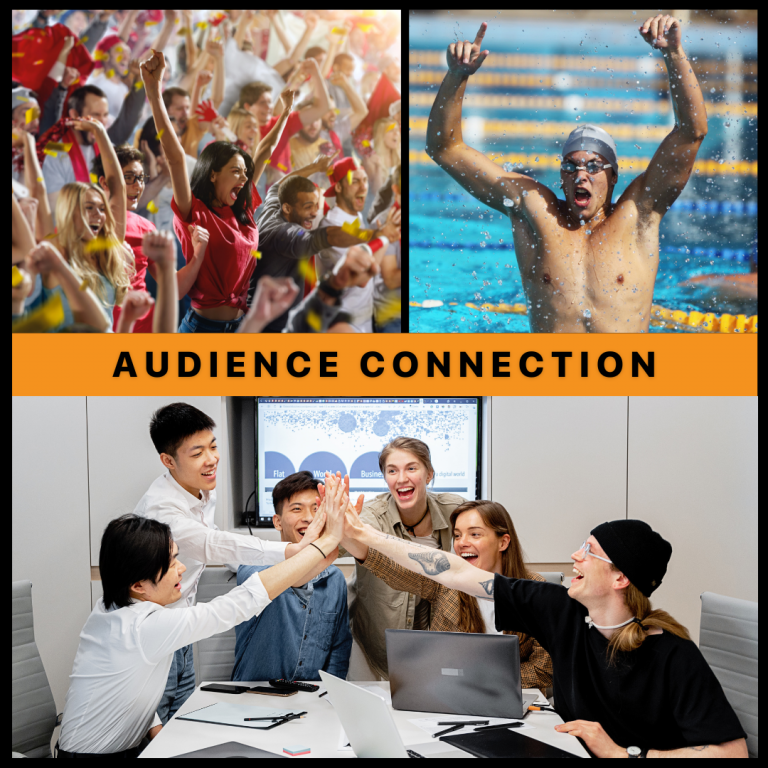
Audience Connection
While technical skills are important, recent reports emphasise the critical role of soft skills in DevOps success:
Sport – When I sat in the World Cup spectator zone, the way the fans scream, all the professional-made banners, how closely the fans follow the athletes – it is like looking at ‘Swifties’. The athletes, coaches, managers, marketing agencies, and event organizers understand the importance of connecting with fans, managing images, and extending on / off the competitions. This is even crucial when athletes retire and start a new chapter of their life.
Information Technology – Users, internal or external, are crucial to the making of solutions. Understanding their requirements is the key skill of product managers; staying on top of their feedback enables long-lasting business; managing the make-or-break social media is like using double-edged swords.

Storytelling
Sport – For a great majority of athletes, the journey to be ‘successful’ – could be as ‘simple’ as performing the best at an important championship or could be a long-lasting career, is often long and gruesome. The athletes and the supporting team around them must be able to stay on course through ups and downs, convince themselves of the realistic /achievable ‘story’ and visualise the outcome.
Information Technology – Hardly any solution/service from making to roll-up is ever as smooth as a breeze. The success could be hitting a target or evaluated over a long time (market value / business return). The management needs to steer through the storms, adjust the approaches, sell the ‘story’ to the stakeholders and ensure everyone is on board.

Data-Driven Optimisation
Sport – Have you watched Moneyball? The power of data in sport was impressive. There is an enormous amount of numbers collected, new sensors / devices invented, innovative data models available and so on. Nevertheless, the soft / culture challenges to embrace data were the biggest and first hurdles to overcome. People remain forever at the heart of execution.
Information Technology – Data has deeply impacted every aspect of our lives; we are even being engulfed with misinformation and fake news today. Anywhere in the organisation, there is overloaded information available. The challenge remains what to act upon, how to convince people and how to translate data into actions.

Continual Improvement Mindset
Sport – For athletes, performing consistently is often as difficult as achieving personal best at the right moment. Every individual is different; the training and the regime must be planned, done, checked and acted (PDCA) continually as long as one is striving to perform. Once reaching the top of the podium or personal best, remaining at the top is nowhere easier, given the fierce competition. Continual improvement mindset must be one of the strong beliefs in sport.
Information Technology – I have said, any management best practice that is being presented in a circular sequence is built upon PDCA (Plan-Do-Check-Act), for example, 6-sigma DMAIC, various risk management frameworks – NIST, DevOps, etc. Organisations face macro-environmental and external/internal changes constantly. To remain viable or relevant, continual improvement mindset has been proven to be vital.

Goal Alignment & Motivation
Sport – Do you know a lot of athletic capabilities are ‘transferable’? For example, from diving to bobsled and from skateboard to snowboard. There are many retired athletes venturing into various businesses and succeeding in different capacities, e.g. coaching, broadcasting, politics, business, or philanthropy. The common traits are being able to set goals and motivate themselves to work hard.
Information Technology – It is common for organisations to steer and pivot through changes. When business goals change, the technology enablers need to align and realign as well. Being able to mobilise the resources and motivate people to put in heart and soul is the ultimate leadership.
As we admire the high performance of the elite athletes (whichever your favourite sport is), let me remind you of the unparalleled aspects: first, there is a limited quota to make it to the top. In the 2024 Olympics, 329 gold medals were awarded. In the IT field, there is no such ceiling, the practitioners have abundant opportunities to explore. Then, most athletes have a limited and short window to peak, give and take, a couple years. Generally, IT professionals have a much longer or even life-long career. Last, most sports are very decided by the inborn factors – body type, height, build, talent, etc. Plus, a lot of good luck – born at the right place, meet the right coach, join the right team, receive sponsorship, get opportunities to try out, etc. We, IT people, can create a chapter of our own much easier, if one wishes. I do not mean to undermine the hard work it takes to work in IT but to be appreciative of the opportunities we have.
Related courses
Governance & Service Management
Check out our IBF and SSG funded courses! There is no better time to upskill than now!
